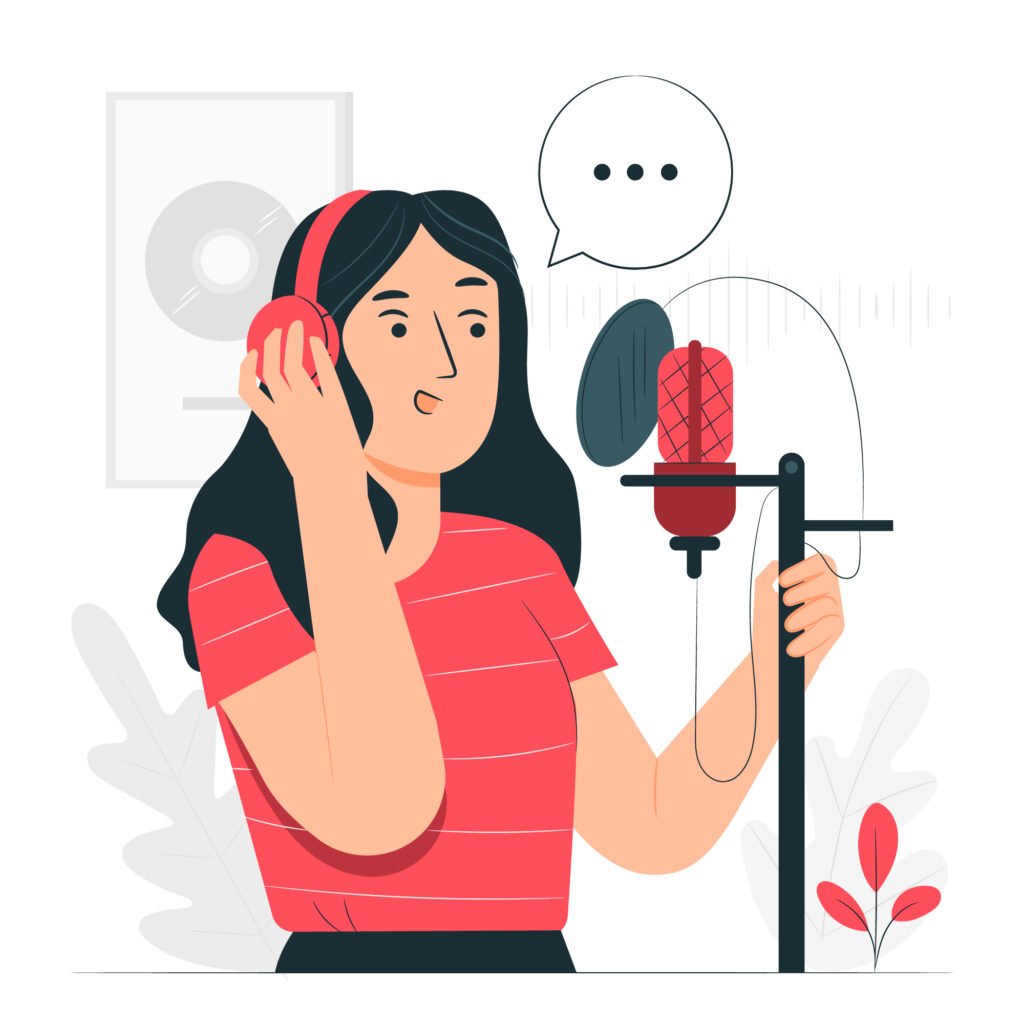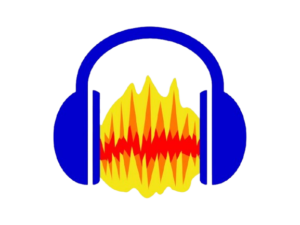
What is a Voiceover Artist?
A voiceover artist provides their voice for various media productions such as advertisements, audiobooks, films, video games, animations, and more. They bring scripts to life through vocal performance, conveying emotion, tone, and intent to engage audiences or deliver messages effectively. This job requires excellent vocal skills, adaptability to different styles, and sometimes, audio editing capabilities.
Here’s what they do:
Read scripts: They interpret and deliver lines from scripts for different projects.
Bring characters to life: They use their voice to portray emotions, accents, and personalities for animation, video games, and other forms of media.
Narrate: They provide clear and engaging narration for documentaries, audiobooks, e-learning courses, and corporate presentations.
Record commercials: They voice commercials for television, radio, and online platforms.
Initials: The voiceover artist niche requires an initial investment in building a demo reel and marketing your services to attract clients.
How Much Can You Earn as a Voiceover Artist Annually?
Earnings as a voiceover artist can vary widely depending on experience, the type of projects, and the industry. Here’s a general breakdown:
Entry-level:
Earnings: $25,000 – $40,000 annually.
Beginners often start with smaller gigs like e-learning or local commercials.
Intermediate:
Earnings: $40,000 – $80,000 annually.
With more experience, you can land larger projects such as video games, animations, or national advertisements.
Experienced:
Earnings: $80,000 – $200,000+ annually.
Top voiceover artists, particularly those working in high-profile media, audiobooks, or prominent brands, can earn significantly more.

Commonly Used Software by Voiceover Artists
Here are commonly used software by Voiceover Artists:
A free, open-source audio editing software used for recording and editing voiceovers. It’s popular for its user-friendly interface and powerful features like noise reduction, multi-track editing, and sound effects.

A professional audio editing tool that provides advanced features like multi-track mixing, audio restoration, and mastering. It’s commonly used for high-quality voice recording and editing in the entertainment industry.

Apple’s audio software is often used by beginners and professionals alike. It offers easy-to-use recording and editing tools, making it great for voiceover artists who work on macOS devices.

A powerful yet affordable audio recording and editing software that’s highly customizable. Reaper is known for its stability, efficiency, and compatibility with a wide range of plugins.

Essential Physical Equipment for Voiceover Artists
Voiceover artists need specific equipment to ensure high-quality recordings and efficient workflow. Here’s what you’ll need:
Essential Equipment
Microphone: The core tool for voiceover work. High-quality microphones capture clear, professional sound.
Popular Choices: Audio-Technica AT2020, Shure MV7+, Rode NT1
Audio Interface: Connects the microphone to your computer, converting analog signals into digital audio.
Popular Choices: Focusrite Scarlett 2i2, PreSonus AudioBox, Behringer UMC22
Headphones: Essential for monitoring sound quality and ensuring your voice is recorded correctly.
Popular Choices: Audio-Technica ATH-M50x, Sony MDR-7506, Sennheiser HD280 Pro
Pop Filter: Helps reduce plosives (harsh “p” and “b” sounds) during recording, ensuring clean audio.
Popular Choices: Aokeo Professional Pop Filter
Soundproofing: Proper acoustics are crucial to minimize background noise and echoes.
Popular Choices: Acoustic foam panels, isolation shields
As an Amazon Associate, I earn from qualifying purchases.
Learn to Become a Voiceover Artist
YouTube Tutorial: How To Become A Voiceover Artist Today | No Experience Necessary
Quick Tips to Become a Successful Voiceover Artist
Develop Your Voice: Practice vocal exercises to improve clarity, tone, and range. Learn to adapt your voice to different styles and characters.
Invest in Quality Gear: Start with a good microphone, headphones, and recording software to produce professional-quality audio.
Create a Demo Reel: Showcase your skills by recording diverse voice samples, including narration, commercials, and character voices.
Learn Audio Editing: Gain basic skills in editing software like Audacity or Adobe Audition to deliver polished recordings.
Build an Online Presence: Join platforms like Fiverr or Voices.com, and promote yourself on social media to find gigs.
Take Training: Enroll in voiceover courses or watch tutorials to refine your craft and learn industry techniques.
Network: Connect with producers, agencies, and other artists to find opportunities and grow your career.
Stay Consistent: Keep practicing and updating your skills to stay relevant and improve your performance over time.
